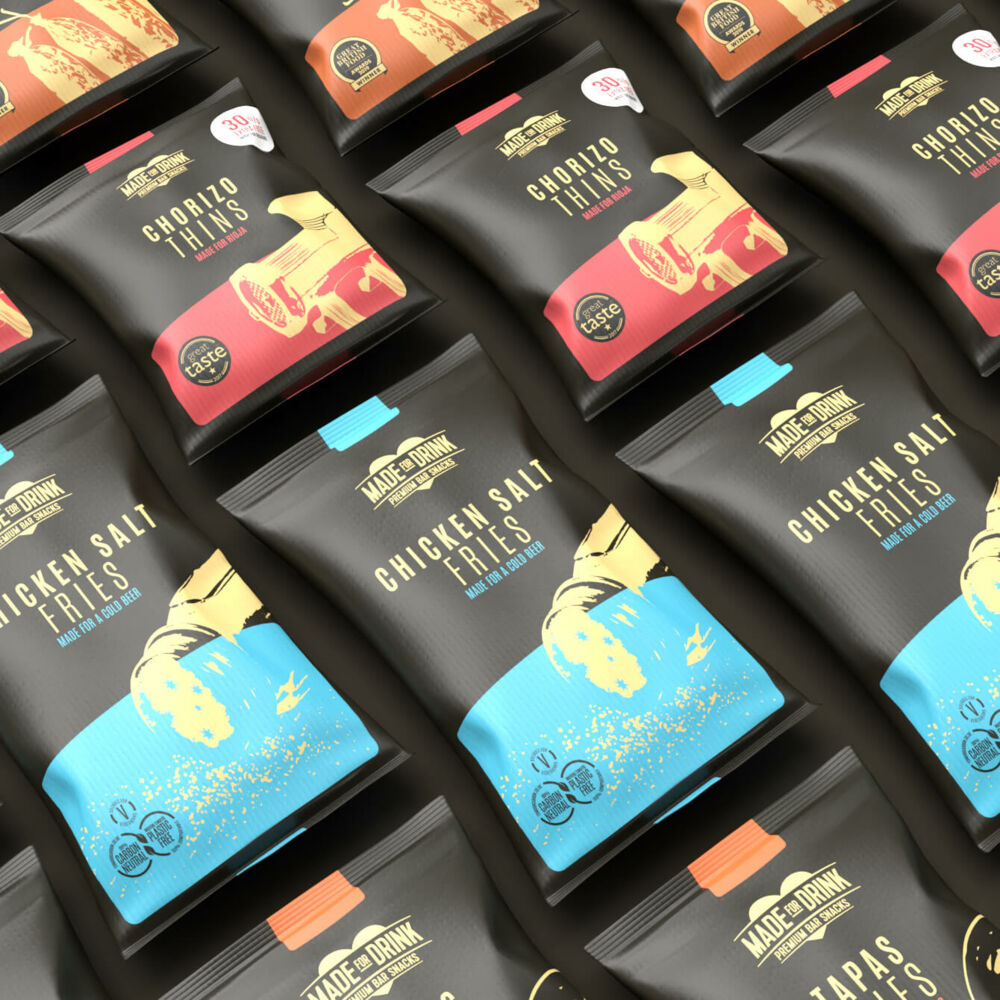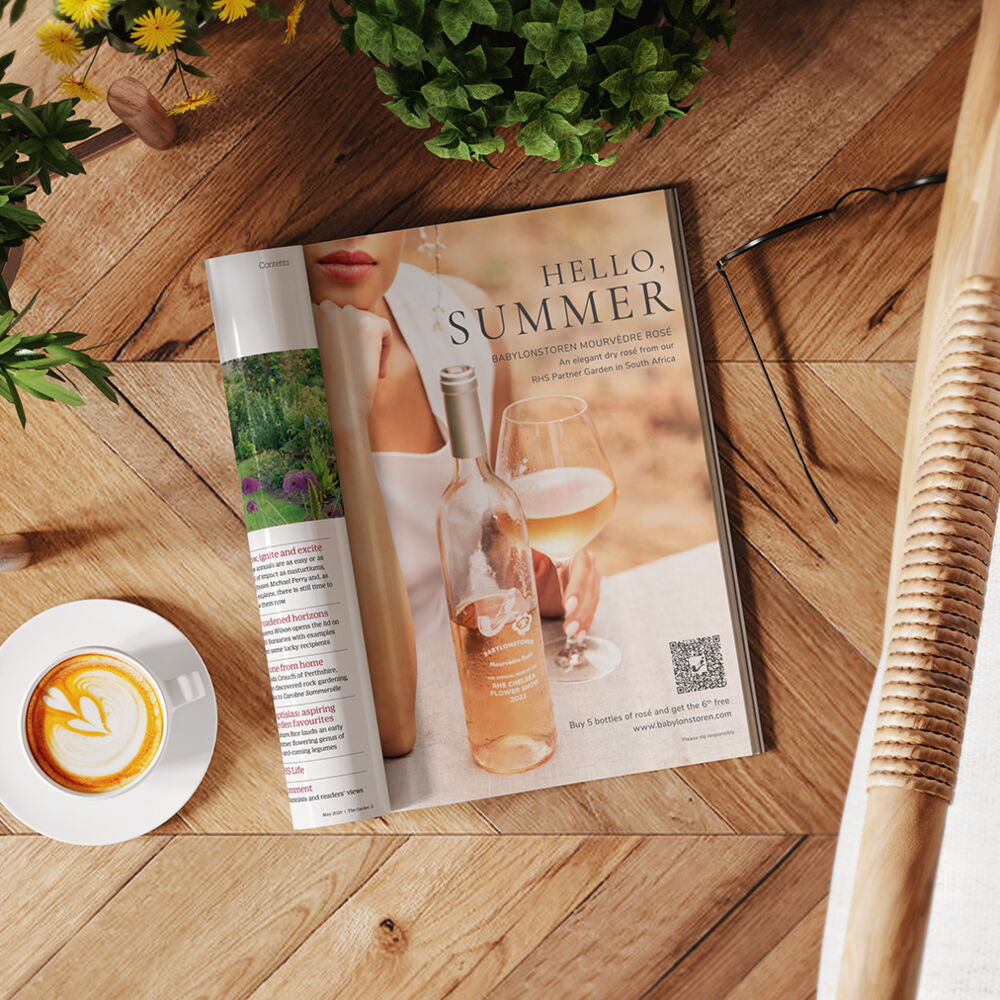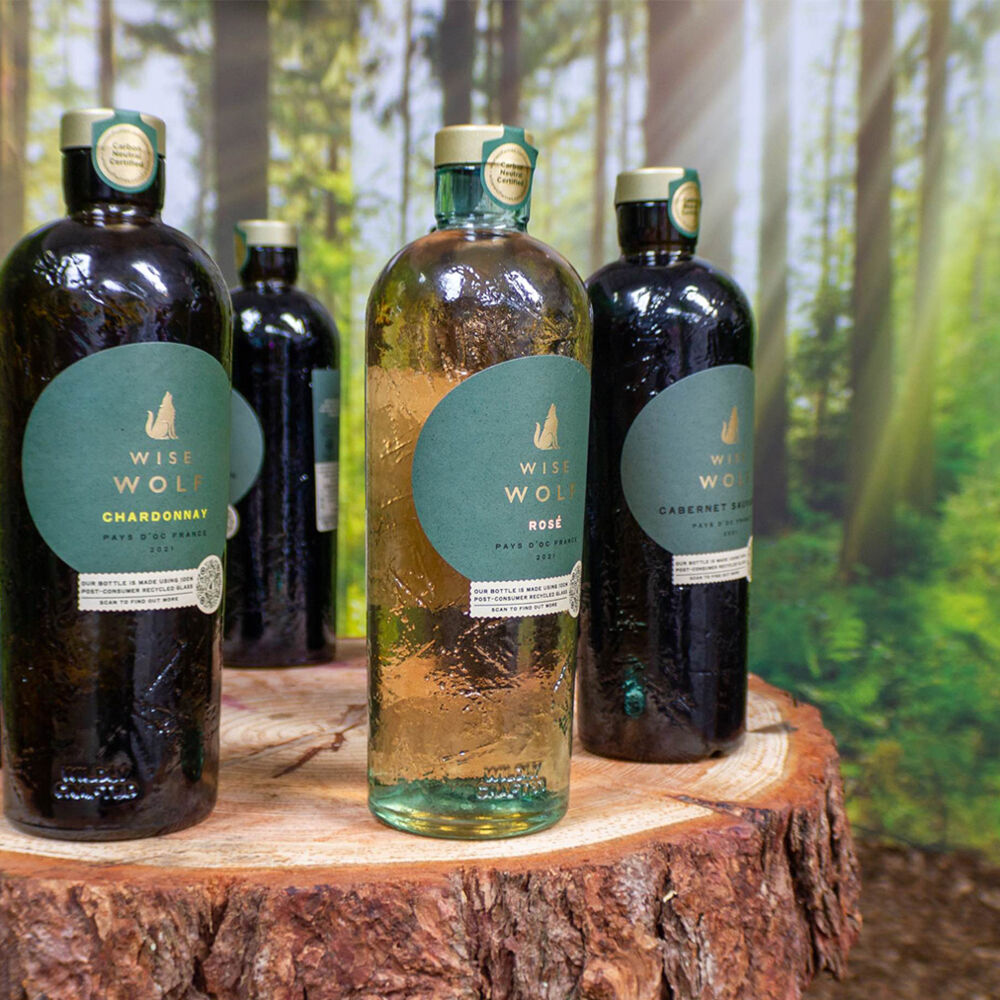
The Newt Somerset
Activating at the RHS Chelsea Flower Show 2024
For the fourth year running, we created three engaging experiences at the RHS Chelsea Flower Show.
30,000+ Samples
of Cyder poured
4,000+ VIP guests
over 6 days

The Newt In Somerset
The Newt in Somerset is a working country estate, with magnificent gardens. At the heart of The Newt, is an original Georgian manor house offering luxurious guest accommodation. Nonetheless, the gardens are the star attraction.
Our three experiential spaces served VIPs, brought a glimpse of the Roman Empire, and gave out samples of the signature fine Cyder
The creative of our solution focussed on the essence of The Newt: inspired by the land of Somerset, the estate and The Newts love and respect for history and tradition. It also positioned them as a leader and innovator in the worlds of gardening and hospitality.
We took care of everything, from concept to negotiating between RHS and our client; to project managing the build, de-rig and experiential staff.
The Official Cyder Stand
In this premium tasting experience, we gave out over 21,000+ samples of The Newt Cyder. Inspired by The Newt’s Somerset country estate, it consisted of individually selected and positioned Cyder apples, interactive touch screens, various branded collateral and tote bags for guests to take home with them as well as professional staff trained to entice visitors to try and discover The Newt’s unique story.
VIP Hospitality Suite
Serving more than 2,500 VIP and dignitary guests over the week, this was a welcome sanctuary from the busy show. With live music, luxurious lounge areas and a Somerset-inspired design in rich shades of green and mist-inspired smoked panels, it became the hot ticket and a true talking point for those in the know.





The Roman Garden
Honouring gardening and historical traditions is at the heart of The Newt In Somersets experience. The theme for the garden activation stand for RHS Chelsea Flower Show 2024 was classical gardens. Specifically, a Roman peristyle courtyard garden. Visitors were able to step back in time to 97 AD and enjoy a reconstructed Roman Garden and all the planting styles of that era.
On the outside the façade was simple without views to the inside, with the garden hidden, only revealed once guests stepped through the entrance and stroll around the covered peristyle. Every inch showcasing careful design consideration and the interplay between nature and architecture.
Scents filled the space with medicinal herb hedging, roses and fragrant lilies. Water and water features played a key element of the garden, with fountains at each corner and a water channel circling the central garden providing natural irrigation system.
From a decorative perspective four Roman Herms (sculptures) were positioned in each corner creating a focal point and the walls enclosing the courtyard were decorated by frescoes, typical of the period.



























